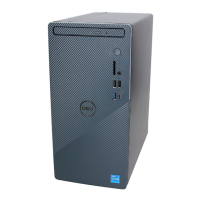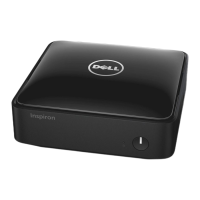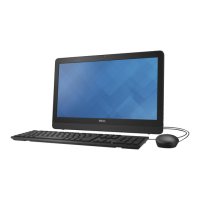Table 30. System setup options—Power menu(continued)
Power
Default: Power OFF is selected. The system stays off after AC power is
restored.
Active State Power Management
ASPM Configures the Active State Power Management (ASPM) level.
Default: Auto. There is handshaking between the device and PCI Express hub
to determine the best ASPM mode supported by the device.
Block Sleep
Block Sleep Blocks the computer from entering Sleep (S3) mode in the operating system.
Default: OFF
Deep Sleep Control
Deep Sleep Control Configures how aggressive the system is at conserving power while in
Shutdown (S5) or Hibernate (S4) mode.
Default: Enabled in S4 and S5
Intel Speed Shift Technology
Intel Speed Shift Technology Enables or disables the Intel Speed Shift Technology support. Turning on
this option allows the operating system to select the appropriate processor
performance automatically.
Default: ON
Table 31. System setup options—Security menu
Security
Trusted Platform Module (TPM) The Trusted Platform Module (TPM) provides various cryptographic services
which serve as the cornerstone for many platform security technologies.
Trusted Platform Module (TPM) is a security device that stores computer-
generated keys for encryption and features such as BitLocker, Virtual Secure
Mode, remote Attestation.
By default, the Trusted Platform Module (TPM) option is enabled.
For additional security, Dell Technologies recommends keeping Trusted
Platform Module (TPM) enabled to allow these security technologies to fully
function.
NOTE: The options that are listed apply to computers with a discrete
Trusted Platform Module (TPM) chip.
TPM On Allows you to enable or disable TPM.
By default, the TPM On option is enabled.
For additional security, Dell Technologies recommends keeping TPM On
enabled to allow these security technologies to fully function.
Physical Presence Interface (PPI) Bypass
for Enable Commands
The Physical Presence Interface (PPI) Bypass options can be used to allow
the operating system to manage certain aspects of the TPM. If these options
are enabled, you are not prompted to confirm certain changes to the TPM
configuration.
By default, the PPI Bypass for Enable Commands option is enabled.
For additional security, Dell Technologies recommends keeping the PPI
Bypass for Enable Commands option enabled.
Physical Presence Interface (PPI) Bypass
for Disable Commands
By default, the PPI Bypass for Disable Commands option is disabled.
BIOS Setup 85

